RISING STORM - THE IMPERIAL JAPANESE NAVY AND
CHINA
1931-1941
The Bombing of Chungking (Chongqing) - 1938-1943
© 2012 Bob Hackett, Sander Kingsepp and Anthony Tully
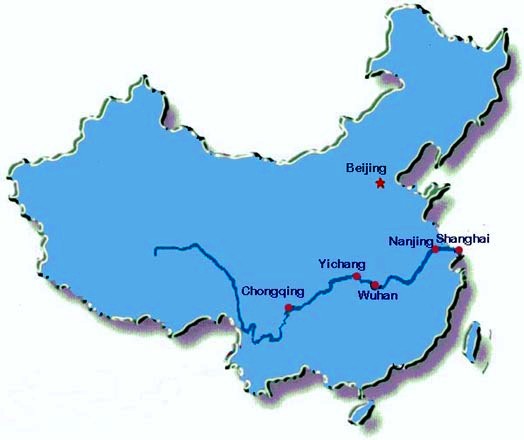 (Location of Chungking (Chongqing) on the Yangtze River.
(Location of Chungking (Chongqing) on the Yangtze River.
3 BC:
Chongqing is the capital of the State of Ba. The Yangtze River flowing from Tibet to the Pacific Ocean passes through a series of gorges and hairpin turns close to where the ancient city of Yuzhou (now Chongqing ) is built on a finger of land near the convergence of the Yangtze with the smaller Jialing River. Steep cliffs rise up on either side and fog blankets the mountains for half the year.
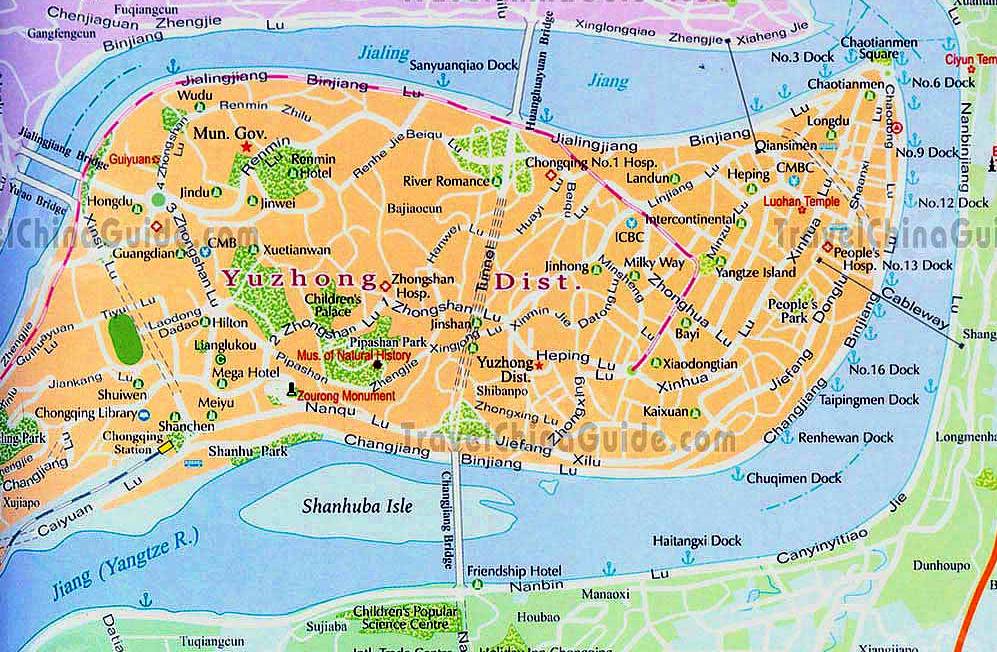 (Location of Chungking (Chongqing) between the Yangtze and Jialing Rivers.
(Location of Chungking (Chongqing) between the Yangtze and Jialing Rivers.
1189 AD:
During the Southern Song dynasty the city's name was changed to Chongqing to mark the enthronement of Emperor Zhaodun, a native of the city.
l890:
Chongqing is opened to foreign trade under the Qifu Agreement of l890. This marks the beginning of steamboat navigation from Yichang through the treacherous gorges to Chongqing, an important port in southwest China. Steamboats open Sichuan to trade with the outside world of the abundant produce of the region, including hides and furs from Tibet, hemp, salt, silk, rhubarb, copper and iron.
1900s:
By the early part of the century, a lucrative trade in opium grown in southwest China begins.
1920s and '30s:
Chongqing’s population of over 600,000, has no water supply other than an endless procession of water carriers from the river up rough steps to the gates in the city’s l00-foot high wall. Between l0,000 and 20,000 coolies carry water daily to shops and houses through the steep and narrow lanes of the city. There are no vehicles in the city, only portered sedan chairs. Chungking (Chongqing) port is regularly visited by foreign gunboats.
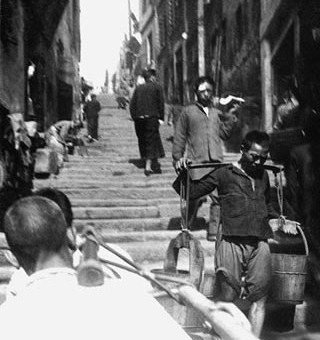 (Coolie Water Carriers)
(Coolie Water Carriers)
1937:
After the Chinese govenment moves to Chungking, its population swells to 2 million; probably 250,000 persons per square mile compared to New York City's 23,000 persons per square mile.
18 February 1938: The bombing of Chinese provisional capital of Chungking (Chongqing) begins as part of a campaign conducted by the Imperial Navy Air Service and Army Air Service as authorized by Imperial General Headquarters. Chongqing's foggy weather conditions probably save the city from complete devastation, for only on clear days can Japanese bombers, which fly over in 20-minute waves, succeed in accurately dropping their bombs.
At the beginning of the war, most air raids against Chungking are made by IJN squadrons equipped with Mitsubishi G3Ms ("Nells") and IJA Mitsubishi Ki-1 ("Ruth") and Fiat BR-20 "Cicogna" heavy bombers. The Ki-1s and BR-20s are soon replaced by more capable Mitsubishi Ki-21s ("Sally") .
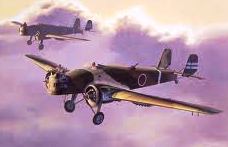
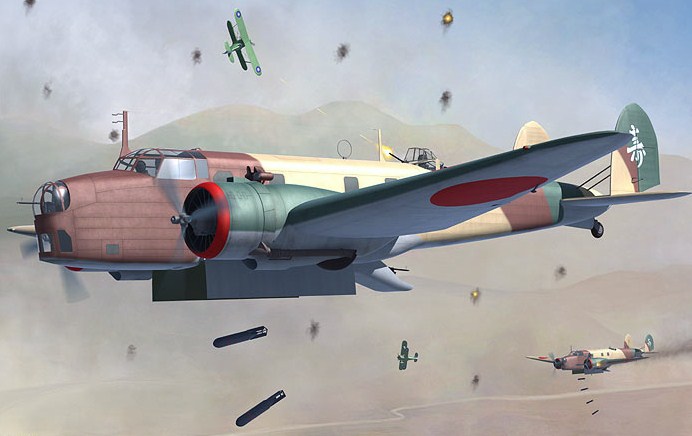 (Mitsubishi Ki-1 and Fiat BR-20)
(Mitsubishi Ki-1 and Fiat BR-20)
Many air raids are totally unopposed because of a lack of preparedness by the Chinese Air Force.
10 August 1938:
USS LUZON (PR-7) carrying American Ambassador Nelson T. Johnson comes into port followed later by USS TUTUILA (PR-4)(later Nationalist Chinese MEI YUAN). British river gunboat HMS GANNET (later Nationalist Chinese YING SHAN) is also in port.
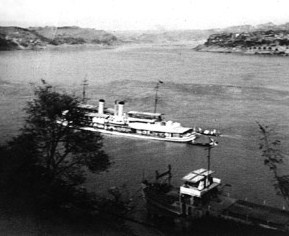 (USS Luzon at Chunking)
(USS Luzon at Chunking)
25 October 1938:
Hankow falls and the same day Wuhan is captured. After the fall of Hankow, Generalissimo Chiang and his KMT set up their provisional capital up river at Chungking. Foreign delegations soon build substantial quarters on the south bank of the Yangtze. A commercial airstrip, jointly owned by the Ministry of Communications and Pan American Ways, operates Douglas DC-3s and carries mail and passengers from the Penghu Sandbar near the Yangtze River Bridge to Hong Kong.
The Japanese increase their attacks on the city. Only bad winter weather prevents year-round heavy raids.
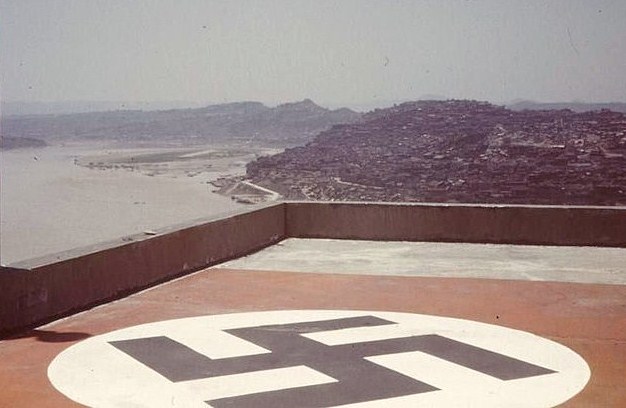 (Nazi Swastika in front of the German Embassy to ward off Japanese Bombers)
(Nazi Swastika in front of the German Embassy to ward off Japanese Bombers)
26 December 1938:
The Japanese start to attack Chungking during daytime. The attacks continue periodically until mid-February.
7 January 1939:
Japanese aircraft attack Chungking during daytime.
10 January 1939:
Japanese aircraft attack Chungking during daytime.
May to September 1939:
IJA bombers based at Hankow complete 22 attacks on Chungking and Chengdu.
May-October 1939:
IJN bombers attack Chungking 13 times.
3 May 1939:
At noon, 22 Japanese bombers hit Chungking. Chinese pilots claim seven Japanese aircraft shot down.
4 May 1939:
In the evening, 27 Japanese bombers raid Chungking again.
25 May 1939:
Twenty-six Japanese bombers attack Chungking in the evening. Six Chinese fighters intercept the bombers over the junction of the Jia-Ling River and Yangtze. The Chinese claim two bombers shot down.
5 June 1939:
Japanese bombers fly more than 20 sorties, bombing the city during the daytime for 3 hours. 4,400 men, women and children, who hid in tunnel, are asphyxiated. [2]
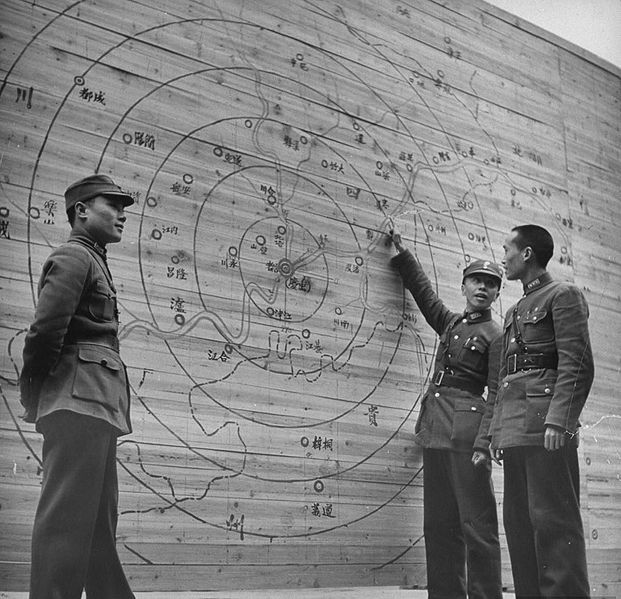
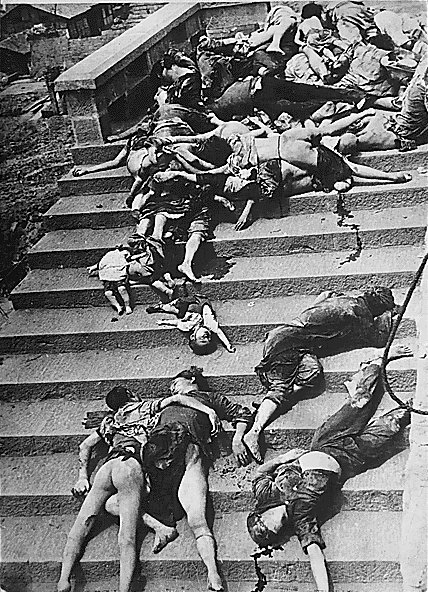 (Chinese Officers Planning Chungking's Air Defense and Casualties of Panic Caused by the Bombing)
(Chinese Officers Planning Chungking's Air Defense and Casualties of Panic Caused by the Bombing)
11 July 1939:
27 Japanese bombers bomb Chungking. Eight I-15bis intercept the bombers.
24 July 1939:
The Japanese again attack Chungking. An I-15bis fighter of the 21st Pursuit Squadron (PS) claims one bomber shot down.
May 1940:
Japanese bombers bomb Chungking eight times.
20 May 1940:
24 Japanese bombers headed for Chungking are intercepted by eight I-16s of the 24th PS. that claim three bombers and a reconnaissance plane shot down.
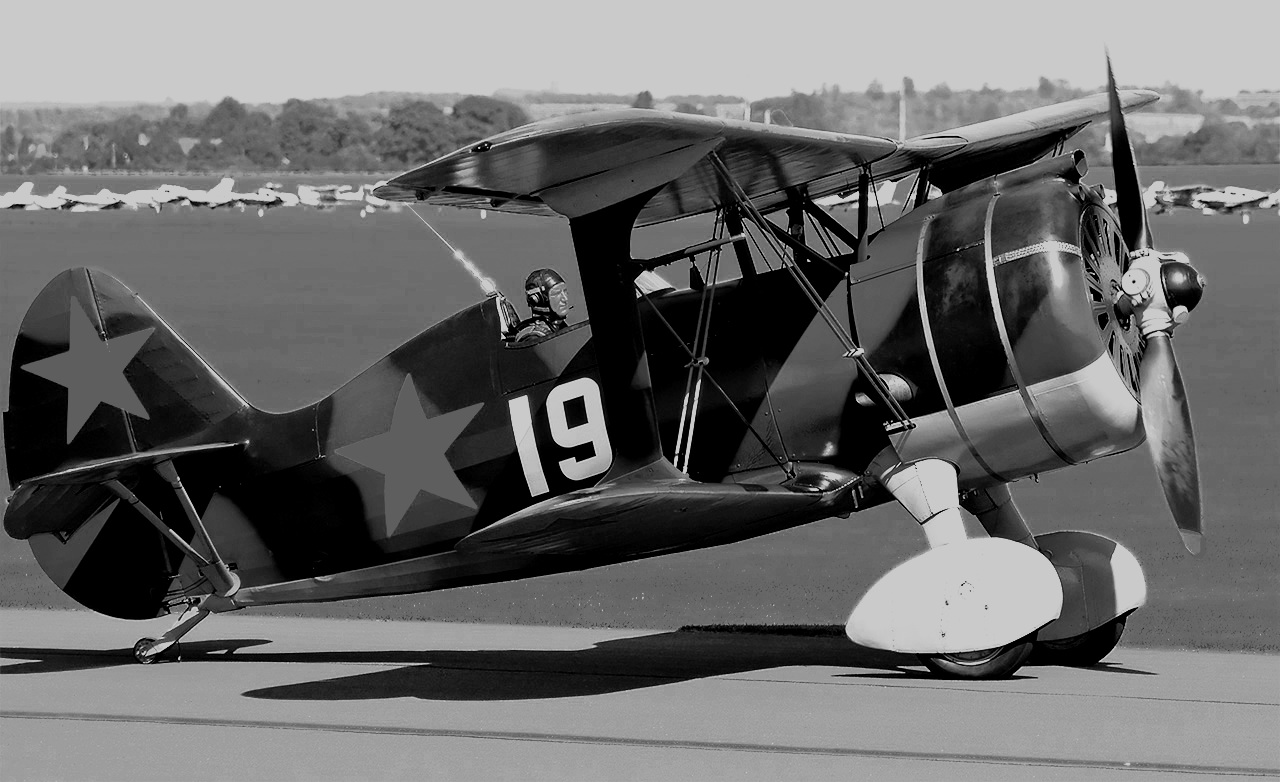
.jpg) (I-15bis fighter and I-16 "Rata" fighter in Soviet markings)
(I-15bis fighter and I-16 "Rata" fighter in Soviet markings)
22 May 1940:
Japanese bombers raid Chungking.
27 May 1940:
Three waves of Japanese bombers hit various targets near Chungking.
28 May 1940:
Several waves of Japanese bombers hit Chungking again.
June 1940:
IJA bombers attack Chungking seven times. The IJN Air Force attacks Chungking eleven times.
6 June 1940:
IJA aircraft attack Baishi Yi airfield in the Chungking area. An I-15bis of the 21st PS claims one Ki-21 bomber.
10 June 1940:
At 1300, 129 Japanese aircraft attack Chungking. Chinese fighters claim five aircraft shot down in the vicinity of Bishan including an IJN G3M.
12 June 1940:
At 1200, 154 Japanese aircraft attack Chungking. Chinese interceptors claim seven shot down.
16 June 1940:
Four groups totaling 114 Japanese bombers conduct a night attack on Chungking. Four I-16s of the Chinese 24th PS intercept the bombers. An I-16 is shot down, but after refueling, the remaining three I-16s shoot down a bomber near Fuling.
July 1940:
IJN aircraft attack Chungking four times while IJA bombers only attack Chungking once during the month.
4 July 1940:
Waves of Japanese bombers attack Chungking continuously day and night.
16 July 1940:
Fifty-four Japanese bombers from Wuhan attack Chungking in two waves. The Chinese launch 31 I-15bis, Hawk IIIs and I-16s that claim damage to several bombers.
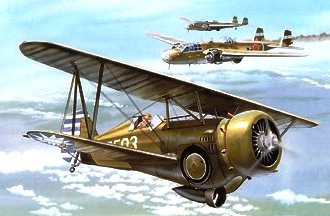 (Hawk 3 and IJN G3M "Nell" bombers)
(Hawk 3 and IJN G3M "Nell" bombers)
28 July 1940:
More than 100 aircraft attack Chungking in five waves. 16 fighters from the 4th Pursuit Group (PG) and 5th PG rose to intercept, claiming one Japanese bomber shot down.
15 September 1940:
The IJN 12th Naval Air Group's Nakajima B5N (later called "Kates") attack Chungking from Ichang only 240 miles away.
 (IJN B5N2 "Kate" torpedo-bomber)
(IJN B5N2 "Kate" torpedo-bomber)
5 Jun 1941:
Japanese bombers fly over 20 sorties against Chungking. Over 1,000 people in the Jiaochangkou Tunnel air-raid shelter are killed or wounded by suffocation.
In mid-1941, IJN squadrons are equipped with the more heavily armed Mitsubishi G4Ms ("Betty").
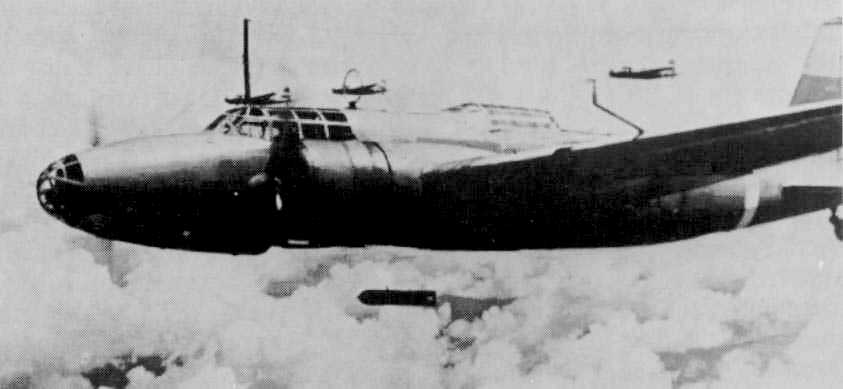
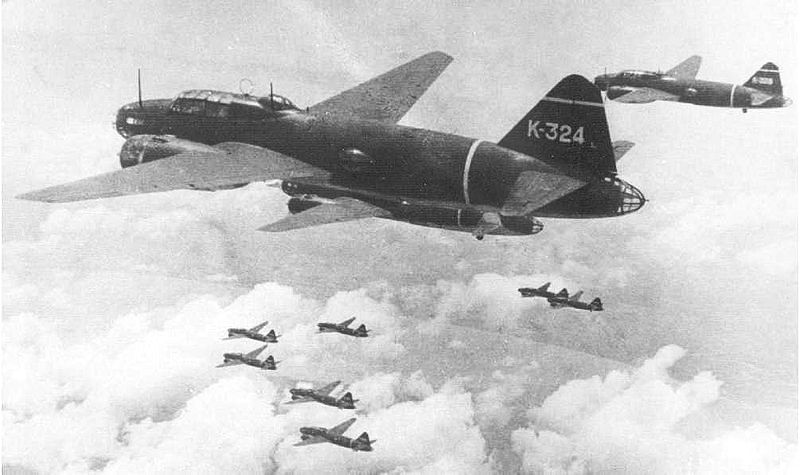 (IJA Mitsubishi Ki-21 "Sally" and IJN Mitsubishi G4M "Betty" bombers over China)
(IJA Mitsubishi Ki-21 "Sally" and IJN Mitsubishi G4M "Betty" bombers over China)
15 June 1941:
The US Government criticizes the Japanese raids on Chungking. That same day, Japanese bombers again raid Chungking and the American Embassy is bombed.
24 June 1941:
Japanese bombers raid Chungking. The British Consulate is bombed
29 June 1941:
Japanese bombers raid Chungking. The British Embassy is bombed. At Lungmenhao Lagoon, a near-miss bomb holes moored gunboat USS TUTUILA at the waterline and destroys her outboard motor boat. Later, she is repaired and, in Feb '42, turned over to the KMT in Chungking.
Authors' Note:
From Feb '38 until Aug '43, a total of 268 air raids were conducted against Chungking. More than 11,500 bombs, mainly incendiaries, were dropped on non-military targets. According to the Chinese Government, during the five-year campaign, Japanese bombs killed an estimated 11,889 people, wounded 14,100 and destroyed 17,608 buildings.
-Bob Hackett, Sander Kingsepp and Anthony Tully
Back to Rising
Storm Page













.jpg)





